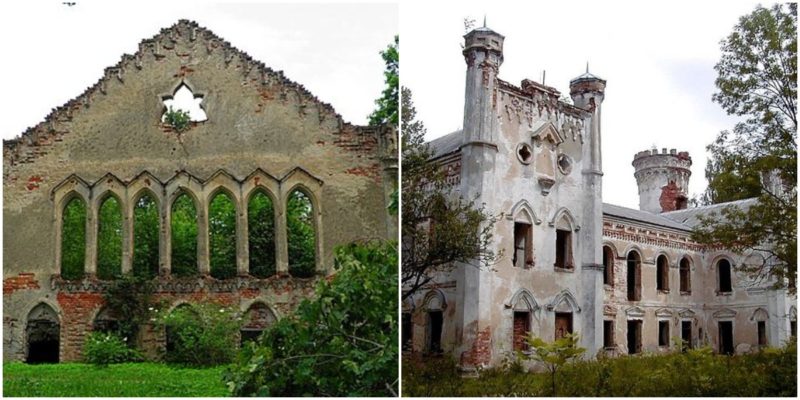Any place in the world has much to offer if seen with the right kind of eyes. Put aside the big touristy spots and buildings, take away the usual walking tours and pamphlets that are handed over to visitors in tons. And walk another path, take an alternative route and you might find places and discover things no-one would usually mention.
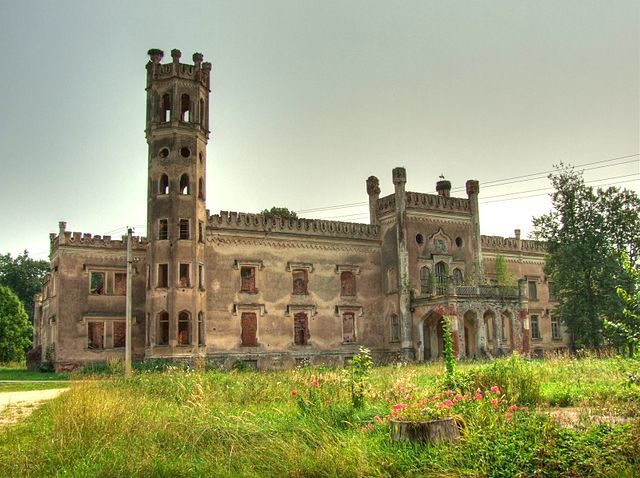
It can be a single beautiful house, which by itself may not cause too much interest to be worth the walk or the drive, or the climb. But add together several of these gems and a tour emerges out of pretty much nothing. And that tour can even become popular with tourists in the future. In this case that can even be of a benefit, but more about that later in this article. Now is the time to reveal what is this story actually about.
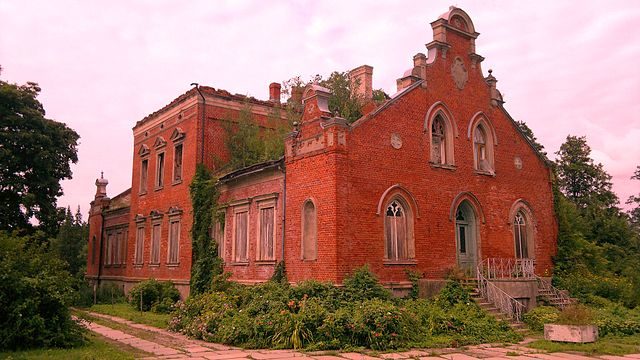
Around the Baltic Sea there is an abundance of manor houses. Many of them are still in use by their owners, they are being reconstructed, renovated or and taken good care of. Some have been readjusted to serve the community, and other have been turned into schools or student houses. However there are many in different states of decay. This article is about the abandoned and forgotten manor houses of the Baltics. Many of them have an interesting history and the reason for their decay and abandonment is often connected with the end of the U.S.S.R.
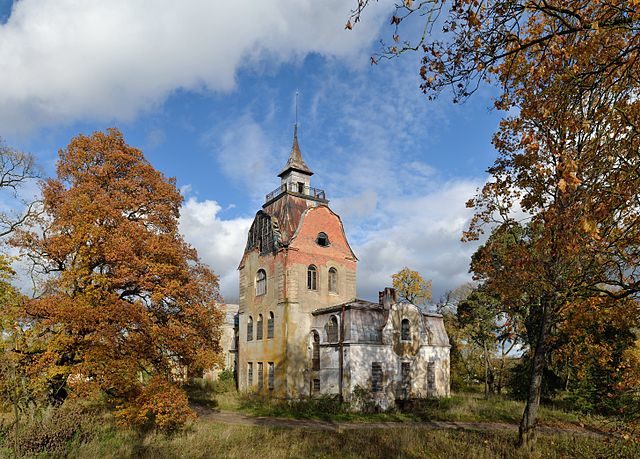
Aizupe Manor is a beautiful manor house in the historical region of Kurzeme in Latvia. Prior to this house there was another manor house on the same spot that belonged to the Duke of Vāne, and he gifted it to it’s counselor Salamon Henning. Between 1719 and 1920 this manor house changed through three different family owners. By the end of the 19th century the estate around it had a complex of guest houses, large barns, a distillery, and beautiful gardens. Since the 1990s it is under control of the local municipality and it’s been decaying slowly.
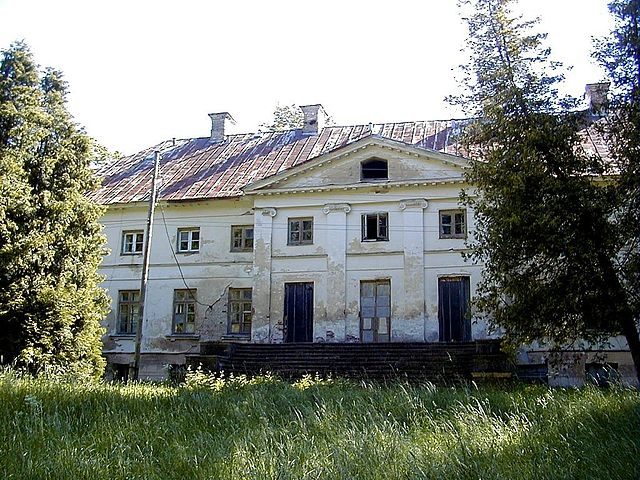
The remains of Joosu Manor can be still seen in the Laheda Parish in Estonia. This manor house had it’s own barn, park, and a tavern in it’s private estate. The whole rural municipality of the small Laheda Parish is on a decline and the population is going down lately. Abandonment of the manor house led to it’s decay beyond repair.
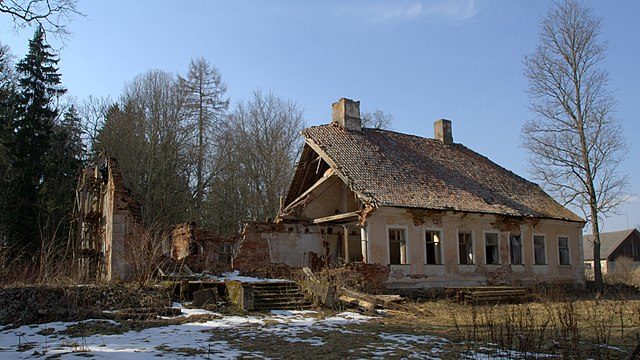
Asare Manor is almost completely reclaimed by nature. No windows or doors and no roof. The only thing that stands are some walls and partial facade ornaments. Which are still kind of impressive, one can only imagine it’s hey days. This manor house was built in 1749 in the Aknīste region of Jēkabpils district in Latvia. A complete remake was done in the 19th century giving it a new neo-Gothic look. Unfortunately it burned down in 1926 and hasn’t been raised from the ashes since then.
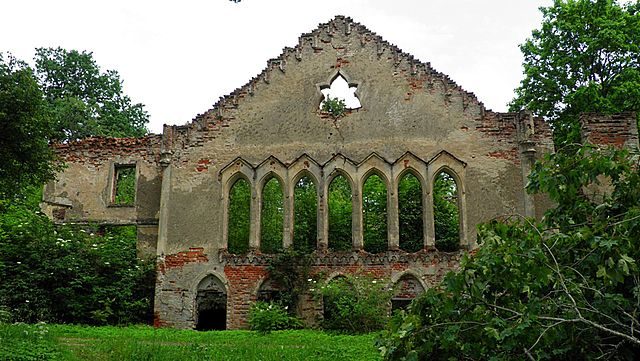
Another Estonian beauty is the Muraste Manor located in Harku Parish. A Neoclassical style building that unfortunately was partially destroyed by a fire in 2001. Remains of the manor house and of the guest house next to it remain open to the elements and without any plans for their repair or reconstruction.
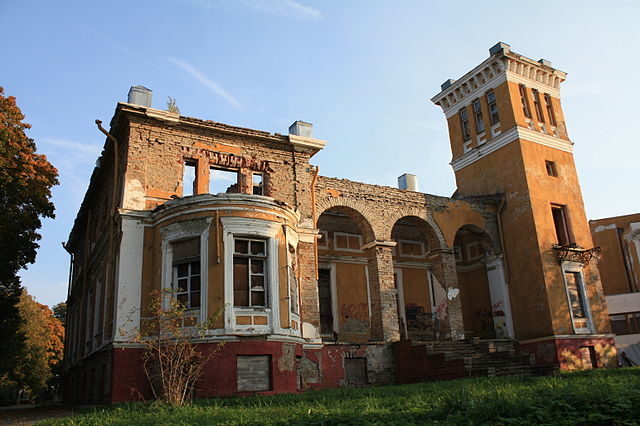
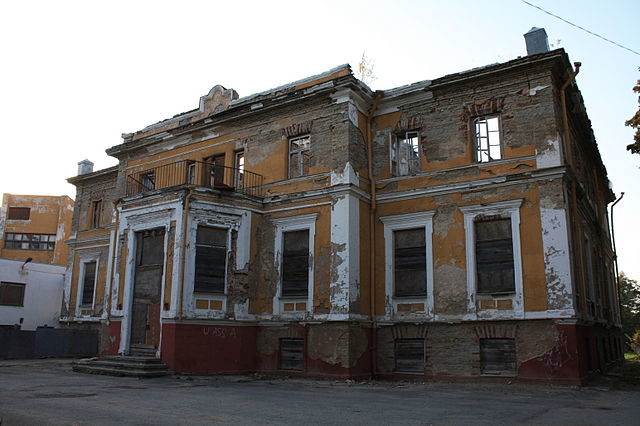
Preiļi Palace is possibly the most beautiful building in this list. Built in the English Gothic Revival style, also referred to as Victorian Gothic or neo-Gothic, this manor house was constructed in the early 19th century. The interior suffered destruction by fire in February 1978 and hasn’t been replaced or repaired since then. Before this palace, a castle was standing on the estate. The castle was destroyed in the late 16th century by the armies of Ivan the Terrible. It was never replaced but instead the grounds were used to build a big manor palace-like house.
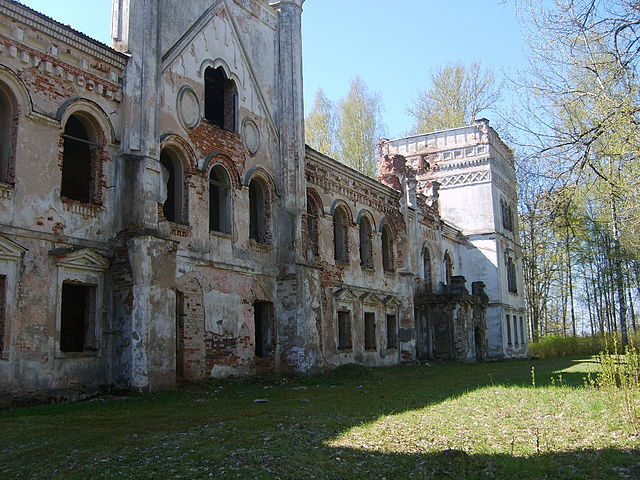
There are many more manor houses in the Baltic area that worth seeing and restoring. But there is a problem with the renovation part. The law states that if anyone wants to restore a manor house the original blueprints must be found and followed. The problem is that many of them are so very old and/or lost.
